The Measure of the Unfathomable
Gerhard Richter, the 88-year-old German master, understands trauma, as an exhibit closed by a global pandemic reveals
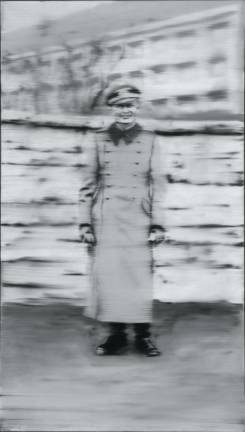
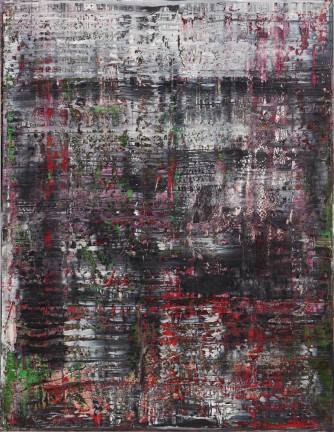
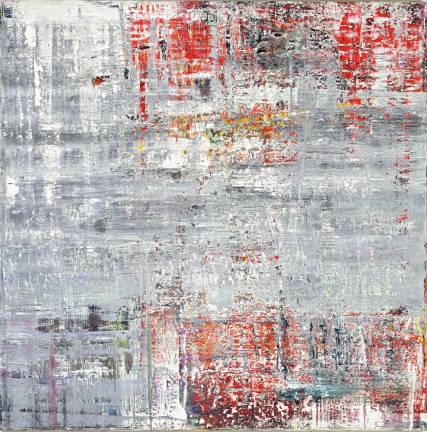
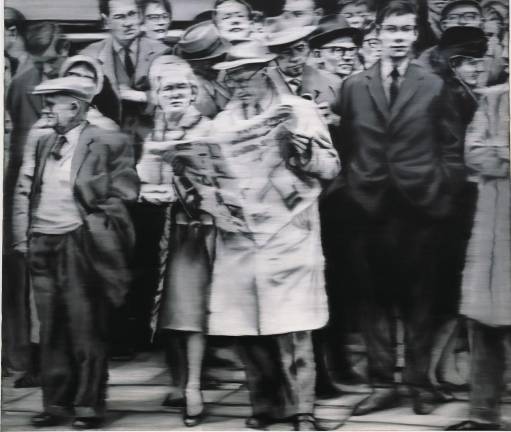
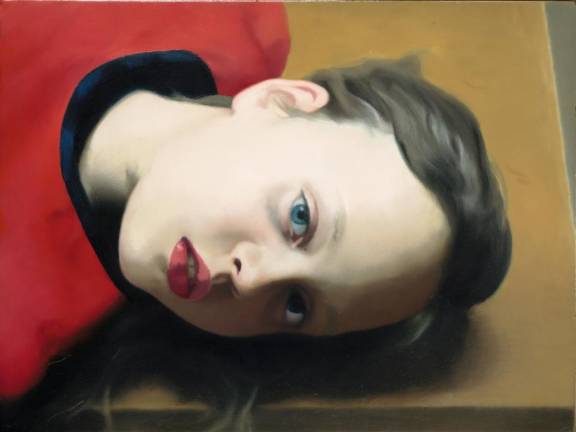
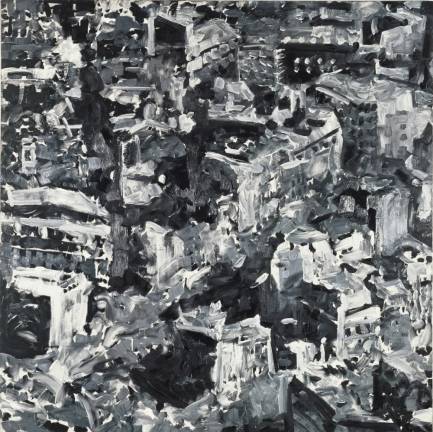
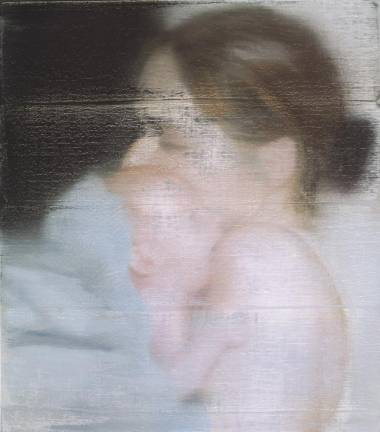
As New Yorkers hunker down and heed Governor Cuomo’s directive to stay home, one realizes that the new normal is a strange burden, but also an opportunity to brush up your Shakespeare, your Rembrandt – or, in this case, your Gerhard Richter.
For art lovers missing weekly museum runs to catch the latest shows, lectures and immersive experiences (remember “First Fridays” at The Frick?), shuttered art institutions across the city have migrated their offerings online, with virtual gallery tours, book clubs, instructional videos and more.
One of the many casualties of the blanket shutdown was the Gerhard Richter show at The Met Breuer, “Painting After All,” the museum’s final show before it was scheduled to vacate Marcel Breuer’s Brutalist monument on Madison later this year.
We had a first-hand peek at the remarkable display shortly before the museum’s stunning, albeit temporary, closure on Friday, March 13, courtesy a preview presided over by The Met’s director, Max Hollein, and the curators. For those interested in a digital experience of Richter’s oeuvre, The Met’s website is replete with images, video, the “Primer” and the artist’s own words. metmuseum.org/exhibitions/objects?exhibitionId=9ccc34b0-6296-4279-9477-74401faebaff&pkgids=635
and
metmuseum.org/primer/gerhard-richter#intro-why-pain
So let’s get started. Gerhard Richter (b. 1932, Dresden) is a major figure in the art world, “one of the most important and renowned artists of our time,” Hollein said. After training as a mural painter in the Social Realist tradition, he defected to West Germany in 1961 and reinvented himself, embracing both figurative art and abstract art, sometimes at the same time.
As Hollein explained, “He has been testing, has been questioning and has been expanding the possibilities of painting from his early photographic-based paintings to the iconic portraits and to the deeply moving, complex, large-scale abstract series.”
He added that the works on loan to The Met reveal Richter’s “dual fascination with representation and abstraction, and the oscillation between the two, both as an artistic practice [and] as a means of human perception.”
A Man of Many Styles
Over the last six decades, the artist has experimented with photography, painting, drawing and glass sculpture. A bundle of contradictions, he is known for his photo-realist style, blurry images, minimalist aesthetic and the use of a large squeegee to produce densely layered abstract paintings, especially in his later years (e.g., the “Forest” series, 2005; the “Cage” series, 2006, a tribute to composer John Cage).
In hindsight, it seems eerily prophetic that the first image we encountered at the preview was the artist’s visualization of 9/11, “September” (2005) – another trauma, another time when the city stood still.
Based on pictures in the news media, the painting depicts the fiery moment when a hijacked plane rammed into the second of the Twin Towers. Streaks of paint are lashed across the surface of the canvas, as if the artist was trying to erase the horror at the same time that he was intent on fixing it in memory.
Trauma figures early on in Richter’s work as he grappled with the painful legacy of Germany’s Nazi past and ways to address it as an artist. In the 1960s, his breakout years, he painted from photographs culled from newspapers, magazines and family albums. These fuzzy “photographic paintings,” in shades of gray, are some of the most distinctive parts of the oeuvre.
Painful Memories
He produced images of family members and loved ones (“Family at the Seaside,” 1964; “Uncle Rudi,” 1965, a Nazi soldier), anonymous individuals (“Group of People,” 1965) and notorious individuals (“Mr. Heyde,” 1965, a psychiatrist who helped organize the Nazi euthanasia program).
“Aunt Marianne” (1965 oil/2018 inkjet print) was adapted from a photo his mother sent from Dresden in a shoebox. It pictures a baby Richter in the arms of Marianne Schönfelder, an aunt who was believed to be schizophrenic and was euthanized by the Nazis.
The blurriness of the image seems to act as a filter, creating distance from a painful memory. Fifty years later, the artist was still haunted by the episode and made a digital copy of the portrait, “as if to emphasize the persistence of trauma,” the exhibit label states.
In the deeply moving Birkenau cycle (2014)—four abstract paintings and four digital iterations of those paintings— the artist confronts the horrors of the Holocaust head on. The works were based on four photographs secretly taken inside Auschwitz-Birkenau by a member of the Sonderkommando, mostly Jewish prisoners forced to help dispose of the bodies of gas-chamber victims. The images were presented alongside Richter’s response in a discrete gallery.
After trying unsuccessfully to reproduce the photographs in representational terms, “the artist gradually veiled his original figurative drawings on the four canvases through layers of paint, in a slow and hesitant process of applying and then scouring each coat with a squeegee to produce the heavily disturbed, abstract surfaces,” the wall text states. The paintings are a reminder of the atrocities; the digital copies a reminder that they could happen again.
At the preview, co-curator Sheena Wagstaff quoted Richter on art’s purpose: “For surviving this world...[Art] has the measure of all the unfathomable, senseless things, the incessant ruthlessness of this world. And art shows us how to see things that are constructive and good, and to be an active part of that.”
Go to ourtownny.com to read this story online and access The Met museum website for more information about Gerhard Richter